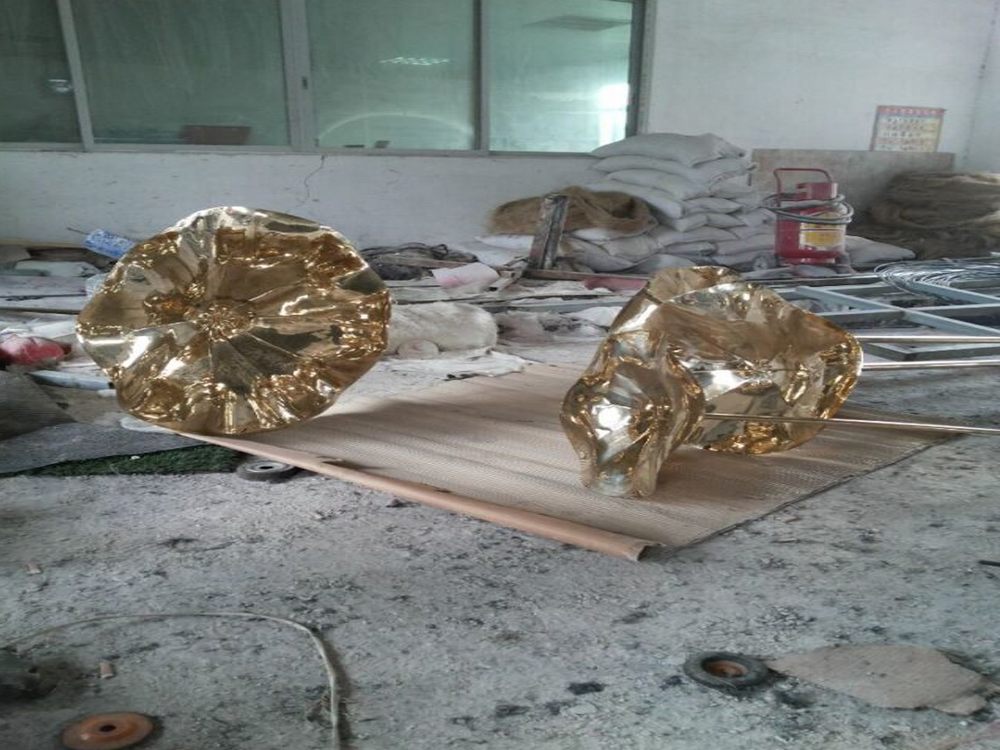
Artists employ sophisticated techniques to mimic centuries of natural erosion on newly carved stone, creating instant patina through both traditional and modern methods. Chemical solutions like acidic compounds (vinegar, nitric acid) selectively dissolve softer mineral components, producing pitted surfaces resembling limestone weathering. Mechanical approaches involve controlled abrasion with wire brushes, sandblasting, or even controlled hammer strikes to replicate water/wind patterns. Some practitioners use accelerated natural weathering by exposing stones to freeze-thaw cycles or saltwater sprays.
Advanced practitioners layer techniques - first creating structural damage mechanically, then applying chemical washes to soften edges. The "tea staining" method uses iron oxide solutions to simulate mineral leaching, while microbial treatments introduce lichen/moss cultures for biological aging effects. Contemporary artists often combine these with pigment applications in recessed areas to enhance shadow effects where natural erosion would accumulate debris.
Key to authenticity is studying geological erosion patterns - waterfall-carved grooves differ dramatically from wind-sanded curves. Master artisans document specific regional weathering characteristics, from desert sandstone flaking to coastal basalt column cracking. Modern 3D scanning even allows digital erosion pattern mapping before physical execution. The finest works balance artistic vision with geological accuracy, making new stone appear gently time-worn rather than artificially distressed.

